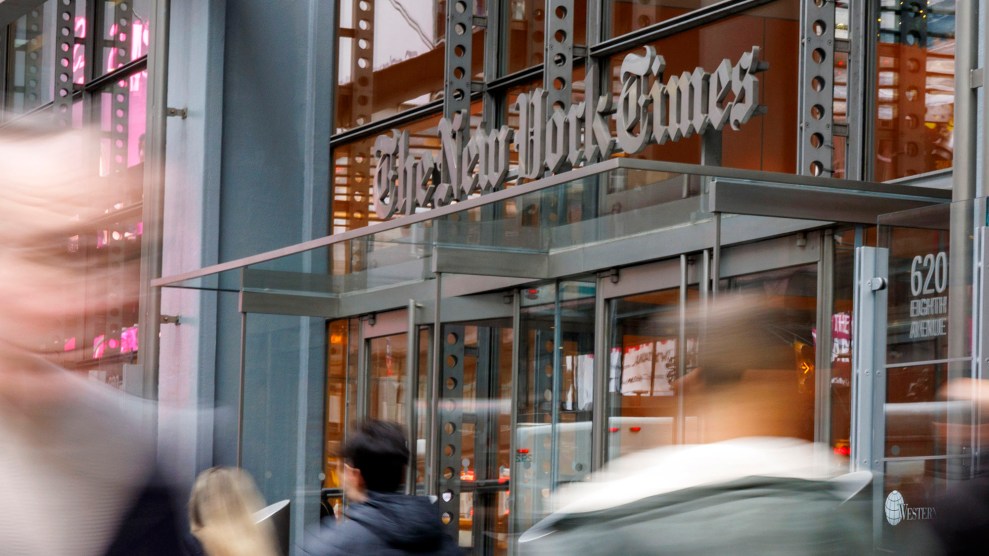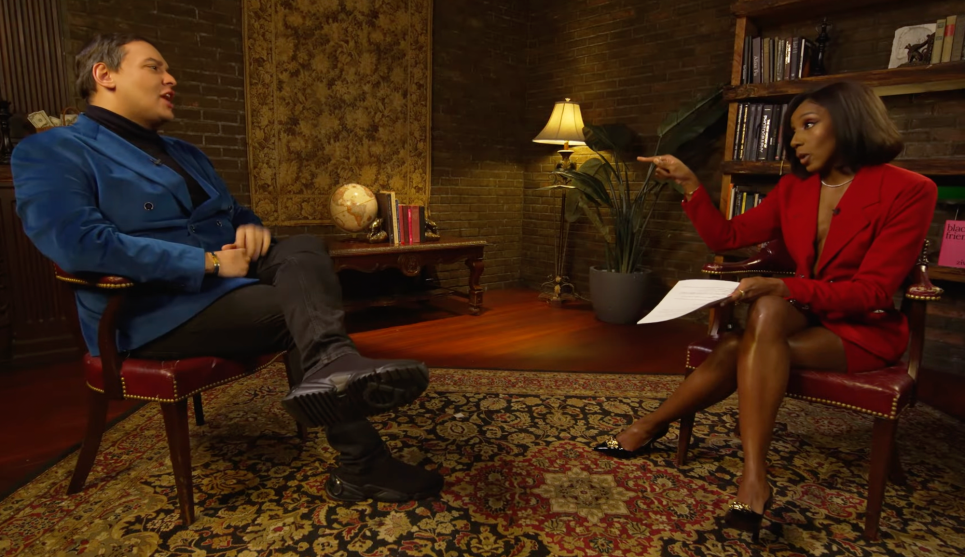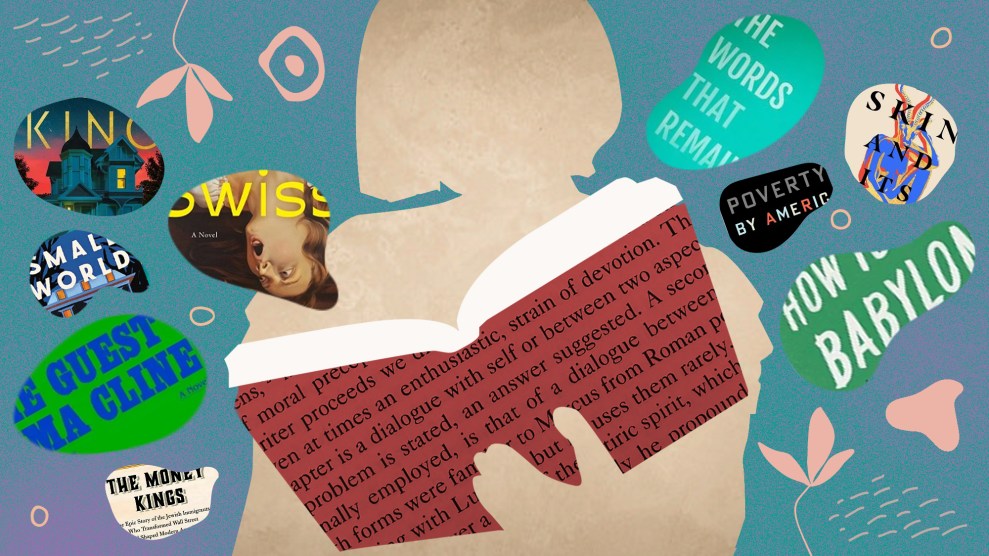Being a Palestinian artist is something of a strange matter because in Palestine people are not too involved with the arts because just getting by is so difficult. The arts do not really have any institutional support. There are very few galleries. But somehow there was a surge of artwork in the 1970s, right after the 1967 occupation of the West Bank. A group of artists started showing together illegally in public places—in schools, in homes. The exhibitions would move from one place to another and so many people were eager to see the work. It was an amazing experience—whole villages—hundreds and hundreds of people would come and glue themselves to the paintings and look at them.
It’s a very difficult situation for an artist to survive because we don’t have the backing of infrastructure to back development. At one point the Israeli army officially decreed that if the painting had the colors of the Palestinian flag then it would be confiscated and taken off the wall. So, things like this have always affected the life of the artist.
The movement of artists in Palestine is very restricted so that an artist in Ramallah cannot go to Jerusalem, cannot go to Bethlehem, to Gaza. Everyone’s mobility is limited. There’s very little dialogue going between artists. But somehow, art has flourished in Palestine.
My own artwork is inspired by seeing the history in Palestinian land. For a time, I used a lot of shards of pottery as a theme in my clay work. You find shards of pottery everywhere because Palestine has had so many thousand of years of history that you walk on a hill and you just find these little pieces of pottery that are evidence of life that was there—pieces of jars, of plates, of bowls.
Recently, I started to diverge from my clay work a bit. I did a piece inspired by the crushing of cars in the incursion in my home, Ramallah There were several hundred cars that were crushed by the tanks in Ramallah. Within a few minutes of the curfew that was called, the city was full of crushed cars. That made such an impression on me— that this vehicle that symbolizes movement and freedom and going from one place to another—is completely destroyed.
I had a road built in the middle of a football field—tarred and everything. It was a street that had no beginning and no end like all the streets in the West Bank. Every street leads you nowhere because you cannot move freely through towns and villages. I placed about 6 cars on the tarmac that were completely crushed, but very well polished—they looked like new cars except they were crushed. I put lights around them and there was music playing.
On the opening day a lot of people came to the site where the installation. That same evening there was another incursion in Ramallah, another curfew imposed. As I was leaving, I could see the tanks rolling by and all of sudden I see this soldier seeing this funny looking thing—these crushed cars cleaned and piled so neatly. I saw him turn his head, looking confused. After a few days, they went into the site and re-crushed the cars with tanks.
I think the media oftentimes distorts the image of the Palestinians. Instead of showing that we resist because we want to survive, they simply paint everyone as terrorists. But not all resistance is terrorism.
–Vera Tamari













